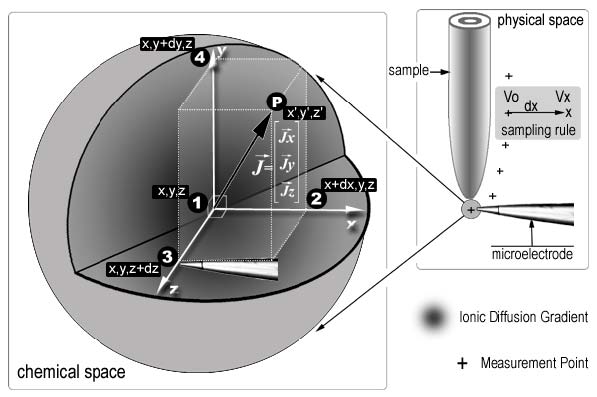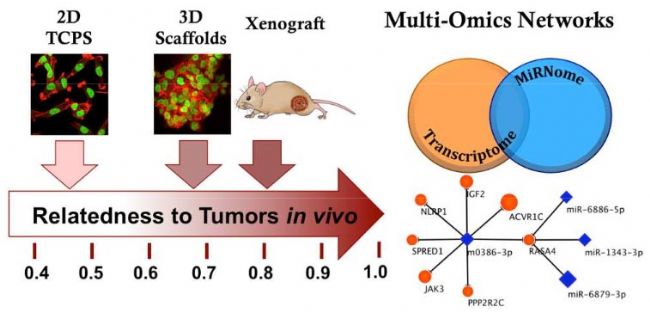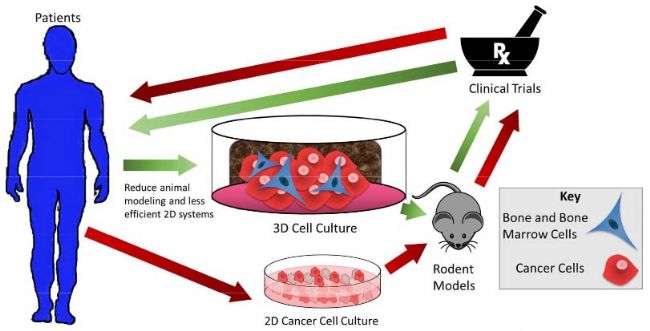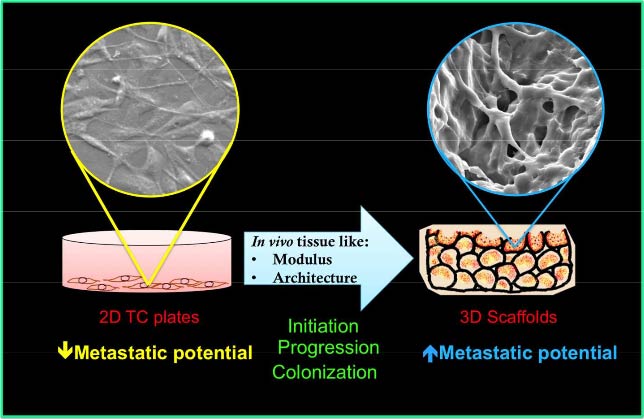Non-invasive micro-testing technology NMT applied to tissue 3D model research
3D organization NMT research: the next research hotspot?
Author: Xu more
I have previously introduced that NMT: non-invasive micro-measurement technology has three-dimensional stereoscopic research on the physiological function of living tissue, and it is very simple and fast.
Life is 3D, and now there are 3D data! But do you know how to use them?
Secret! How does NMT get 3D data?
Providing valuable innovation opportunities for Chinese researchers who have the courage to try new technologies.

Living tissue Ca 2+ flow 3D detection
Although the development of 3D functional technology of NMT is far ahead of the scientific community for many years, in 2018, life science workers worldwide, especially animal medical researchers, have invariably put their research interests into human/animal living organizations. Three-dimensional (3D) stereoscopic research.
The author found that only the American Chemical Society (ACS) issued two related articles this year.
One of the three-dimensional (3D) molds based on tissue engineering not only simulates in vivo tissue, but also has several advantages that traditional two-dimensional (2D) culture does not have. The biggest advantage is that under the condition of 3D model, it provides the fine-tuned signals and networks of post-transcriptional expression of related genes that have never been studied before. In this study, several key miRNA-mRNA interactions were identified by using next-generation sequencing (NGS) to analyze changes in post-transcriptional regulation in MDA-MB-231 breast cancer cells cultured on 3D scaffolds. Interactions may help predict the metastasis of breast cancer.

The other is the establishment of a 3D model of bone cancer biology that provides the possibility of cell interaction or protein interaction that was often too complex to study in the past, in close proximity to in vivo environmental conditions. This review also provides an in-depth description of tissue engineering 3D bone and cancer models and compares them with 2D models. The biomaterials and cell types used are described and the future direction of the field of tissue engineered bone cancer models is proposed.

An article from ACS in 2015 was the development of a three-dimensional (3D) scaffold system that better simulates the stereoscopic and mechanical properties of breast tumors, thereby reconstructing the tumor microenvironment in vitro to study breast cancer metastasis. . Comparative gene expression analysis revealed three major events in cell expression and metastasis (ie, initiation, progression, and site-specific colonization) of cells grown in 3D scaffolds compared to cells grown in conventional 2D tissue culture polystyrene. The associated gene levels have increased, indicating that the system can be used as a comprehensive in vitro model to study multiple mechanisms of breast cancer metastasis.

references:
------------
Application of Non-invasive Microsensing System to Simultaneously Measure Both H + and O 2 Fluxes Around the Pollen Tube
Journal of Integrative Plant Biology 2006, 48 (7): 823−831
MiRNomics Reveals Breast Cancer Cells Cultured on 3D Scaffolds Better Mimic Tumors in Vivo than Conventional 2D Culture
ACS Biomater. Sci. Eng., 2018, 4 (1), pp 116–127
DOI: 10.1021/acsbiomaterials.7b00694
3D Tissue Engineered in Vitro Models of Cancer in Bone
ACS Biomater. Sci. Eng., 2018, 4 (2), pp 324–336
DOI: 10.1021/acsbiomaterials.7b00097
Enhanced Metastatic Potential in a 3D Tissue Scaffold toward a Comprehensive in Vitro Model for Breast Cancer Metastasis
ACS Appl. Mater. Interfaces, 2015, 7 (50), pp 27810–27822
DOI: 10.1021/acsami.5b09064
Handgun Safe,Handgun Safe Box,Fingerprint Handgun Safe Box,Car Handgun Safe Box
Ningbo Zhaomu Electronic Commerce Co., Ltd. , https://www.bofonhome.com